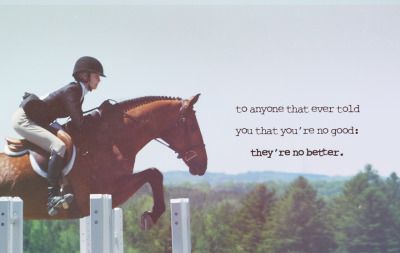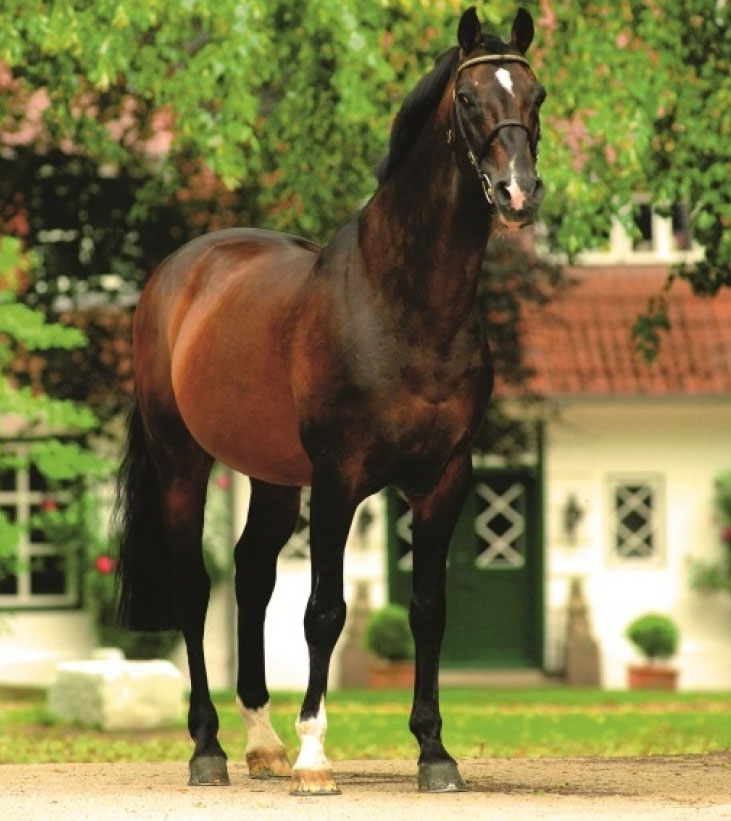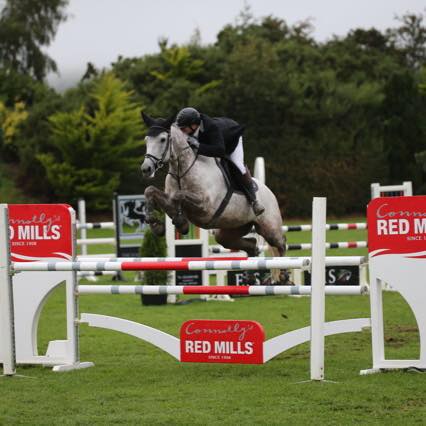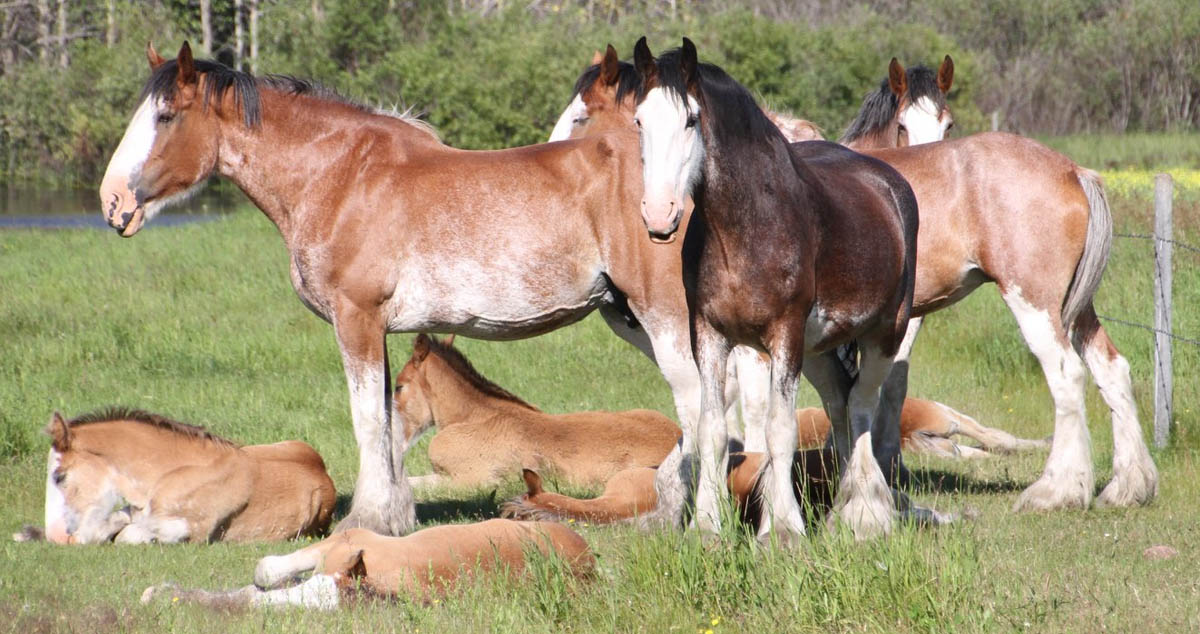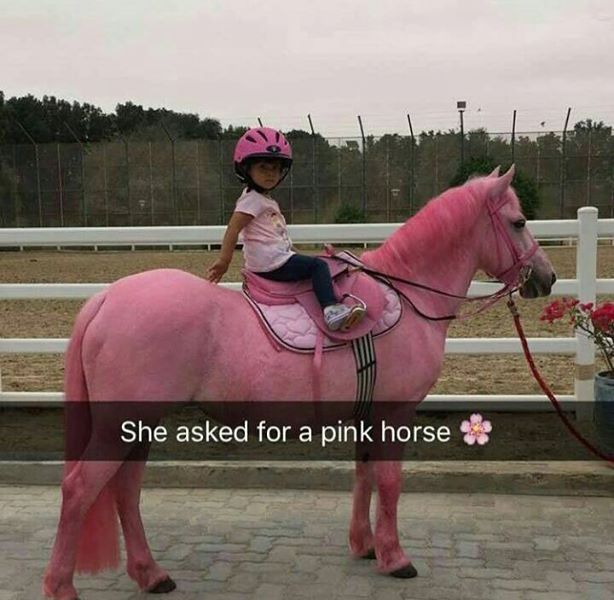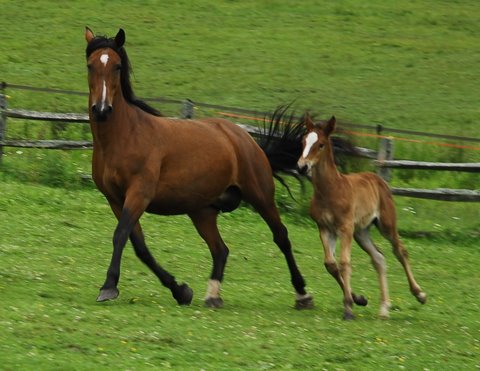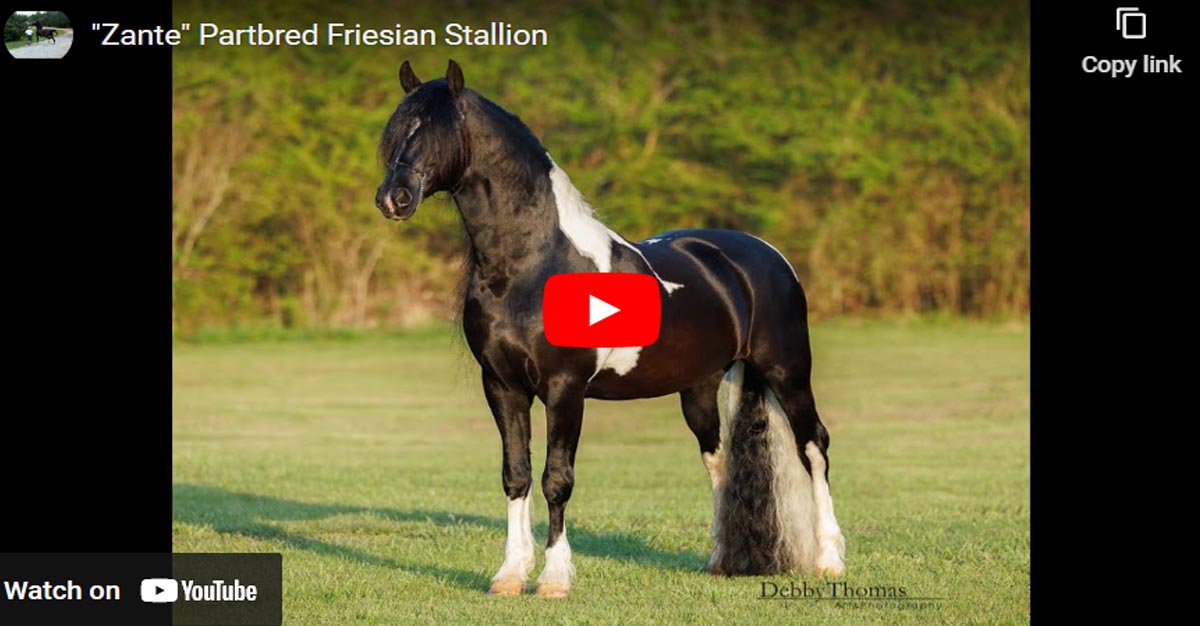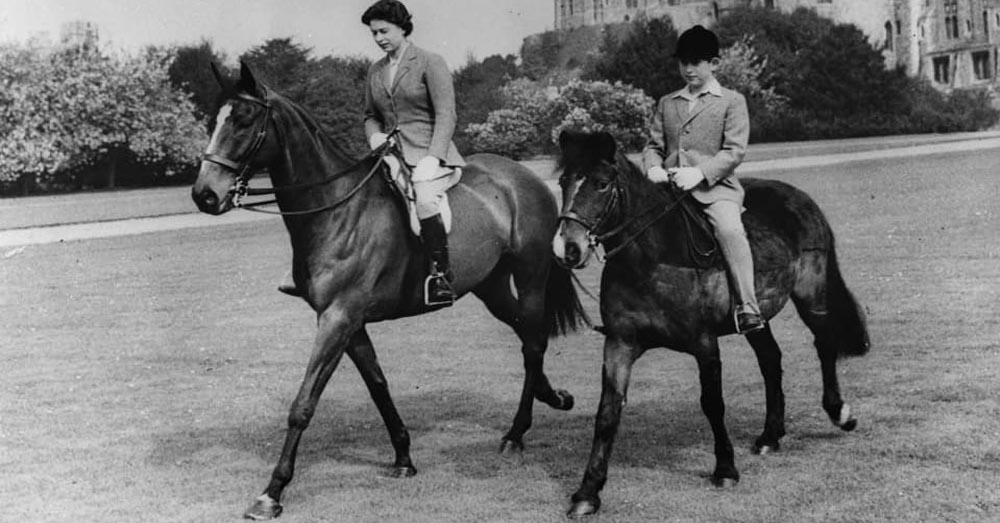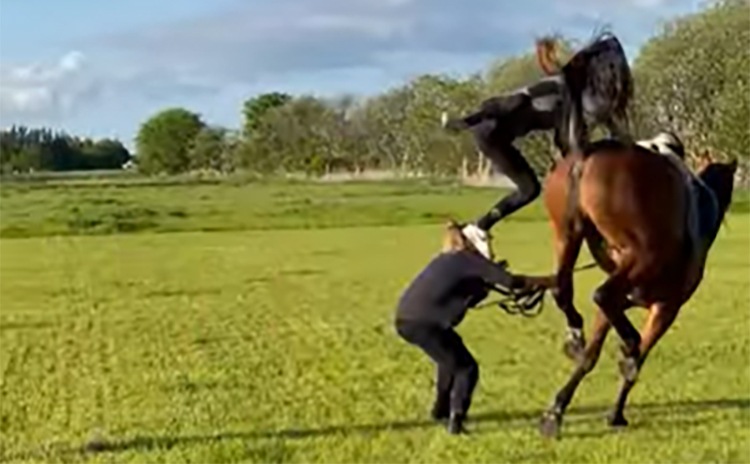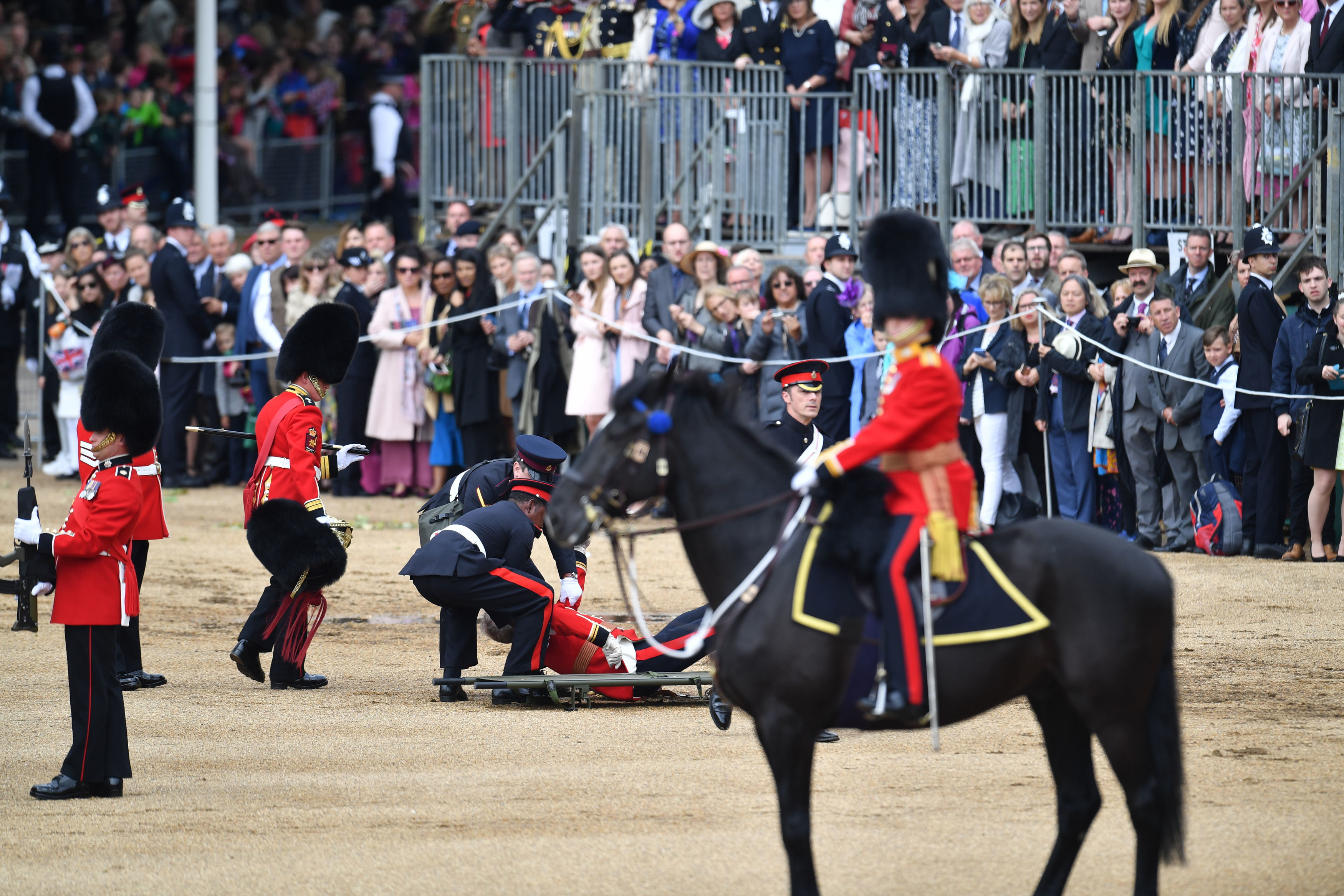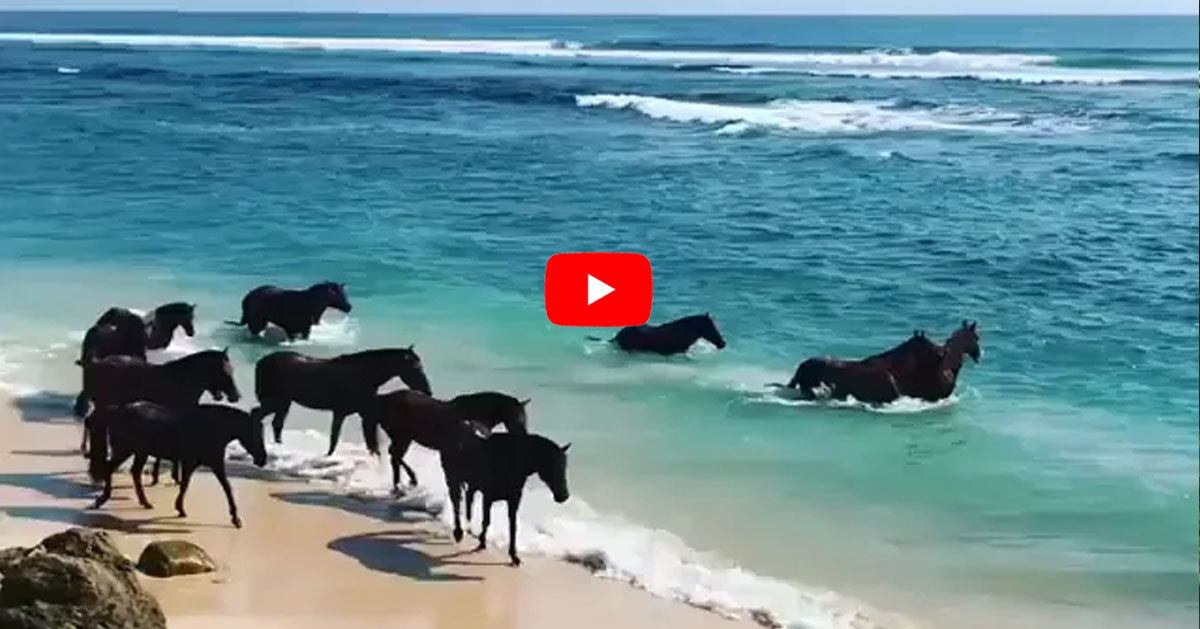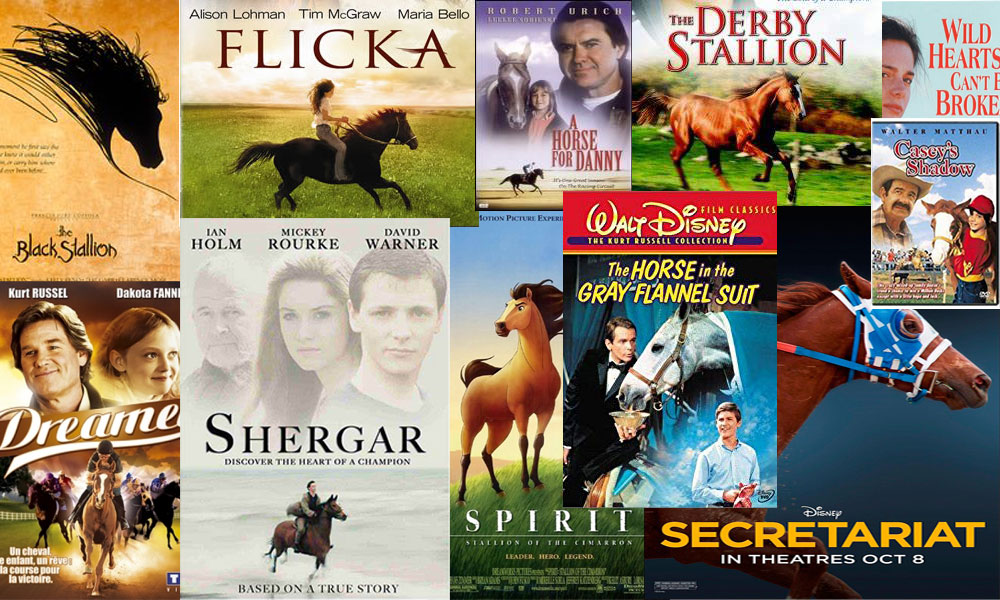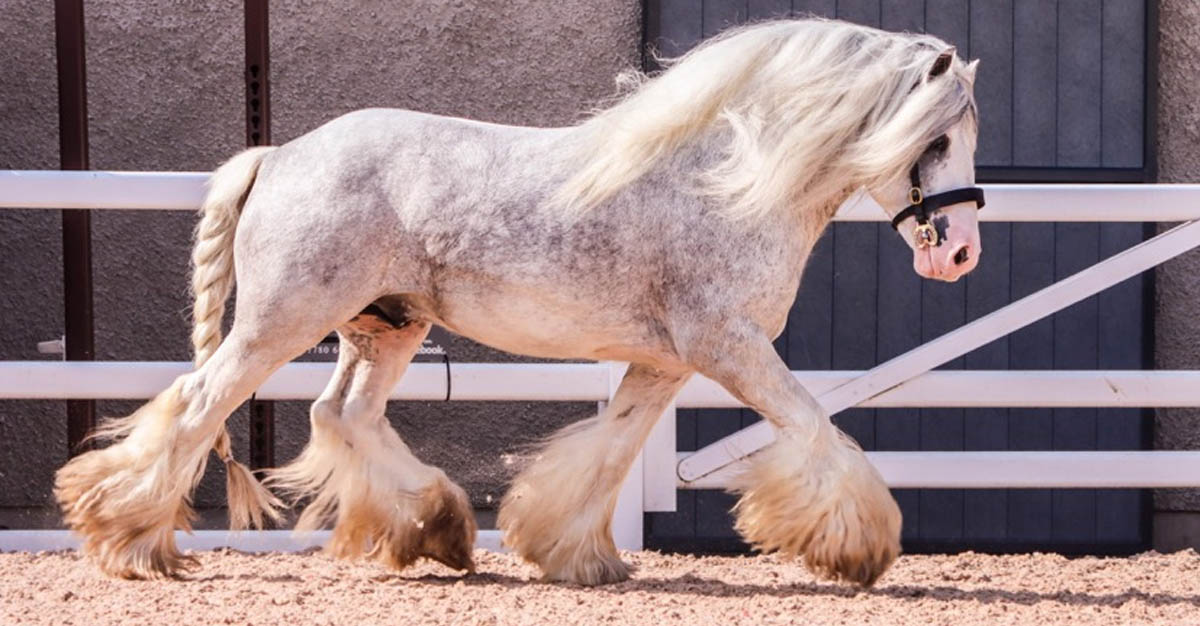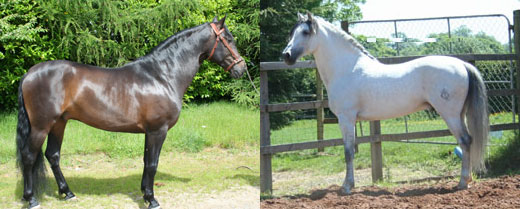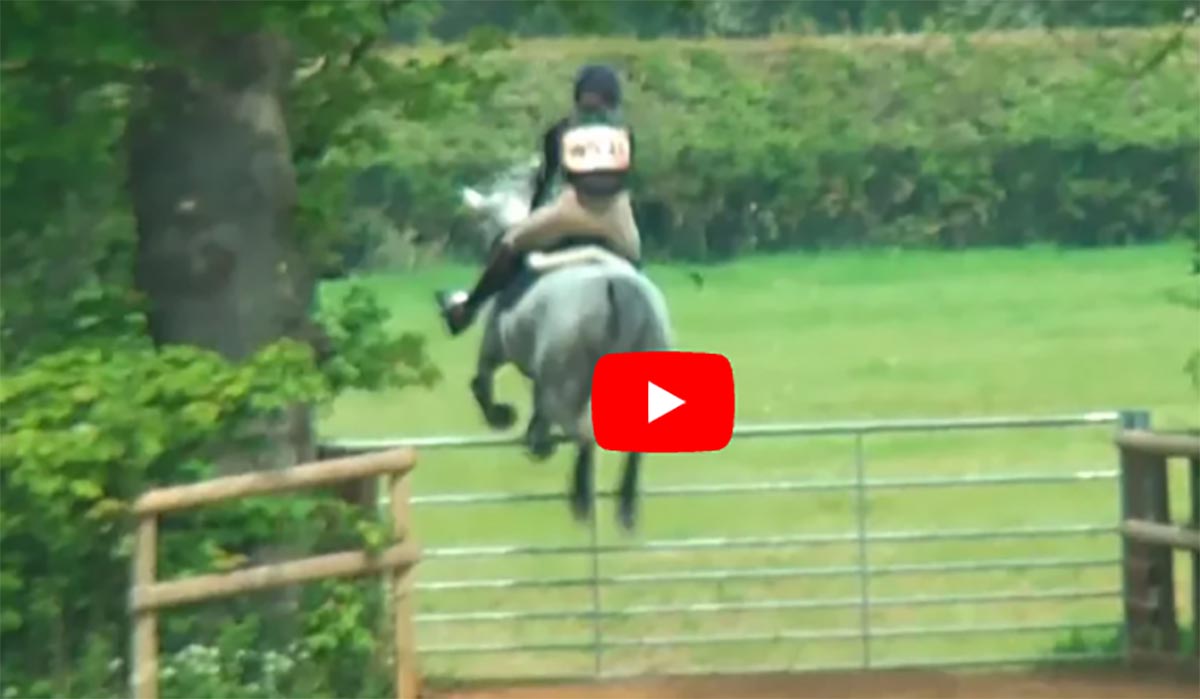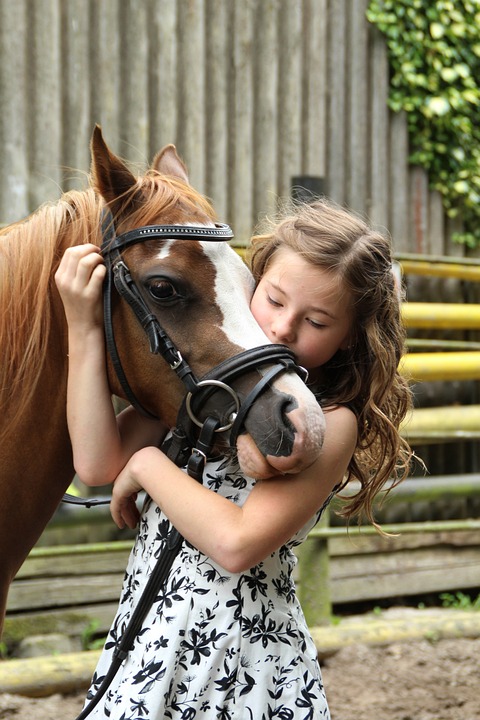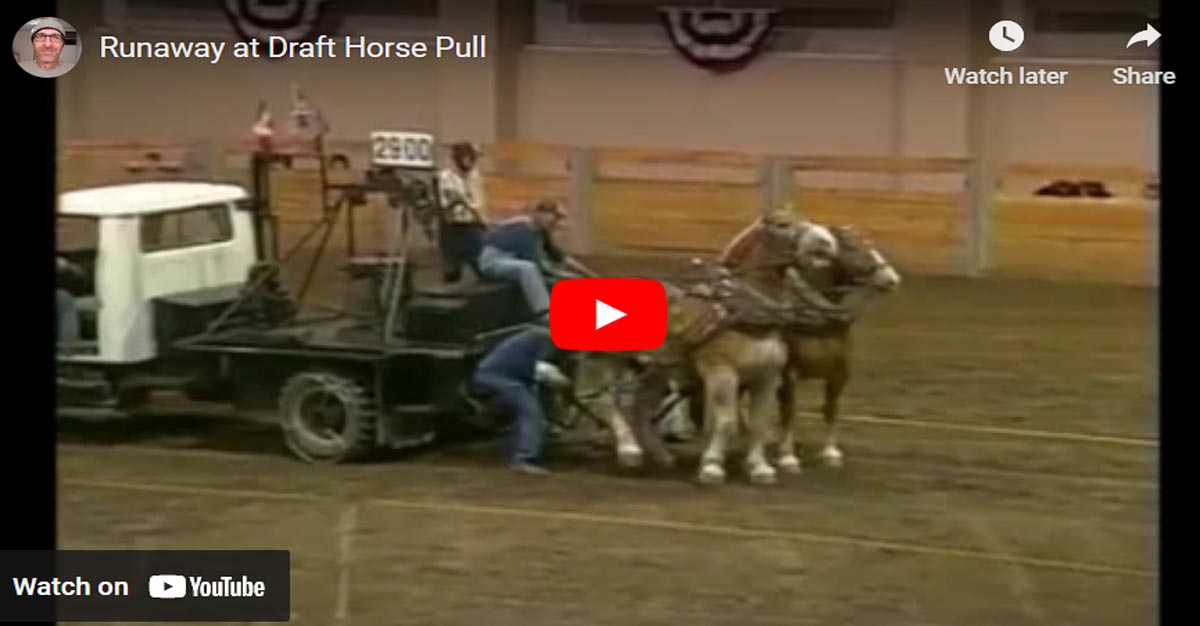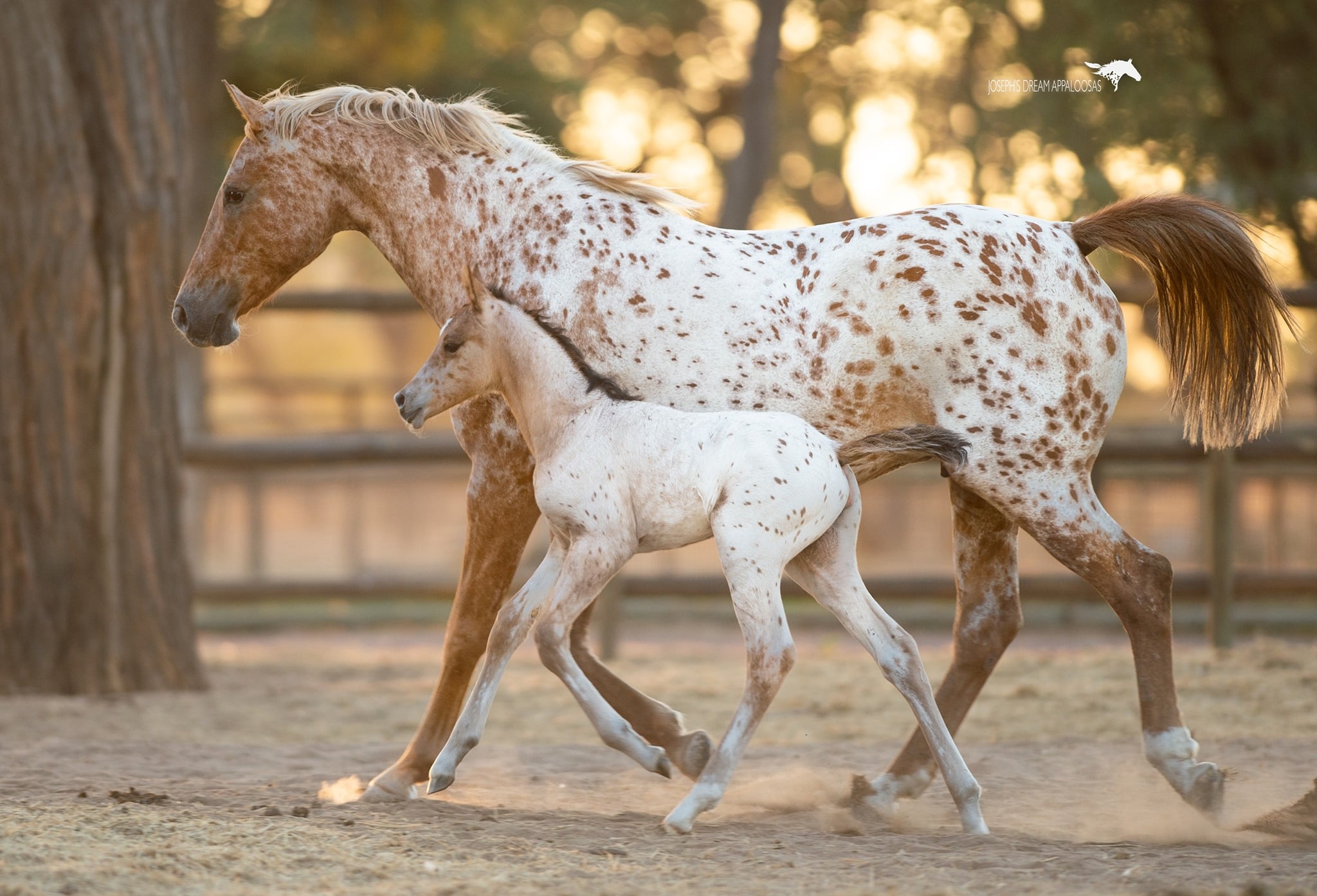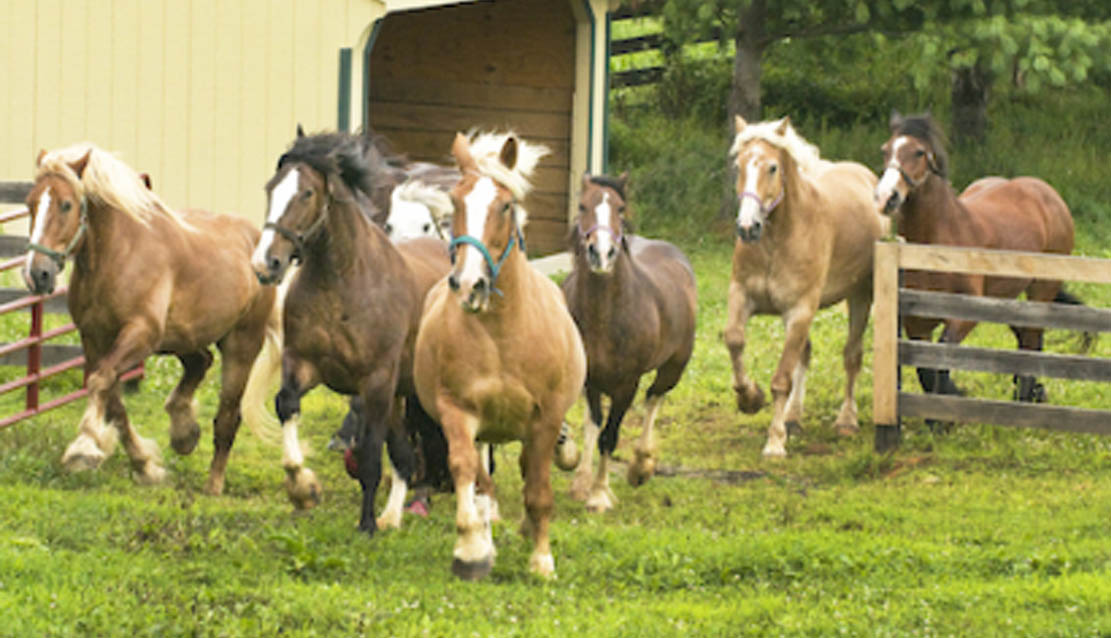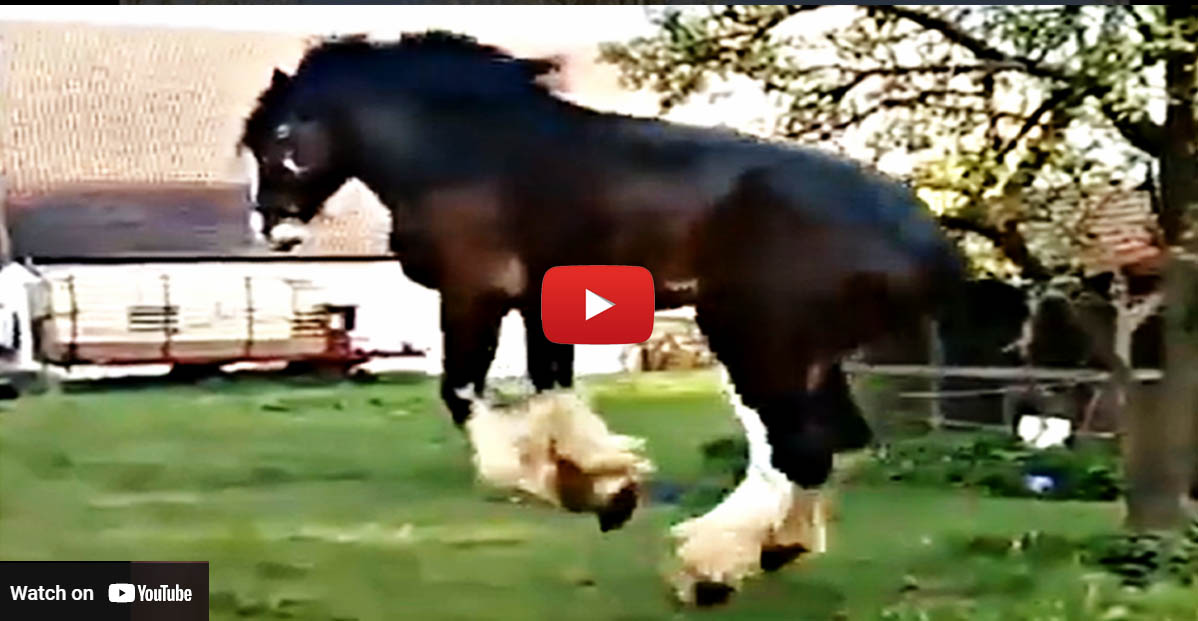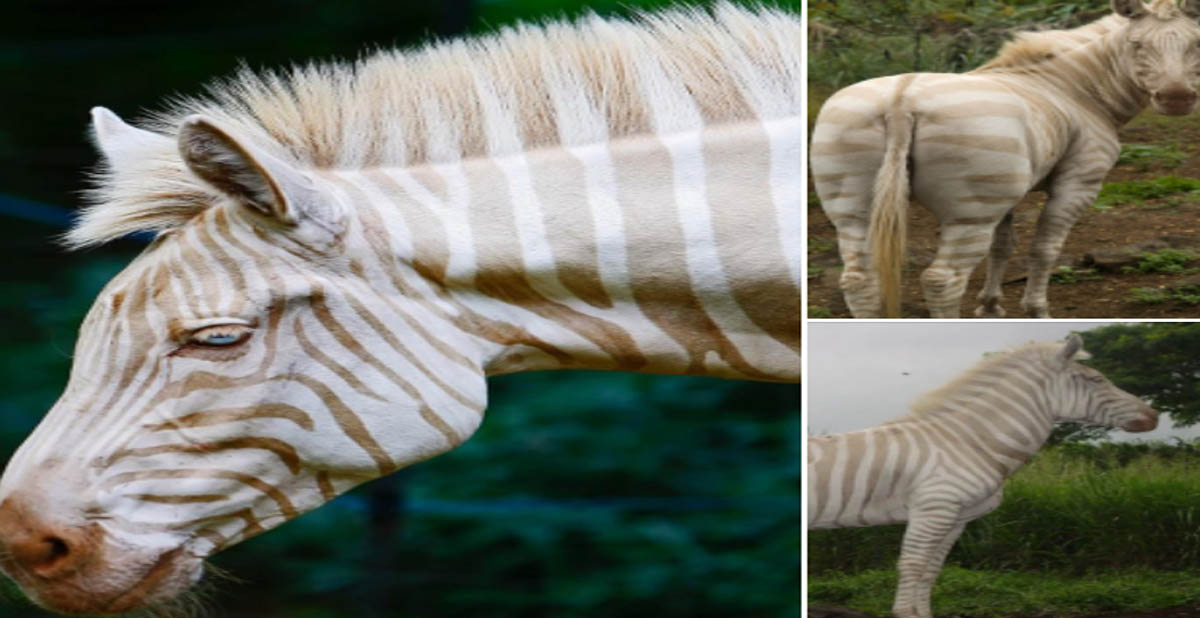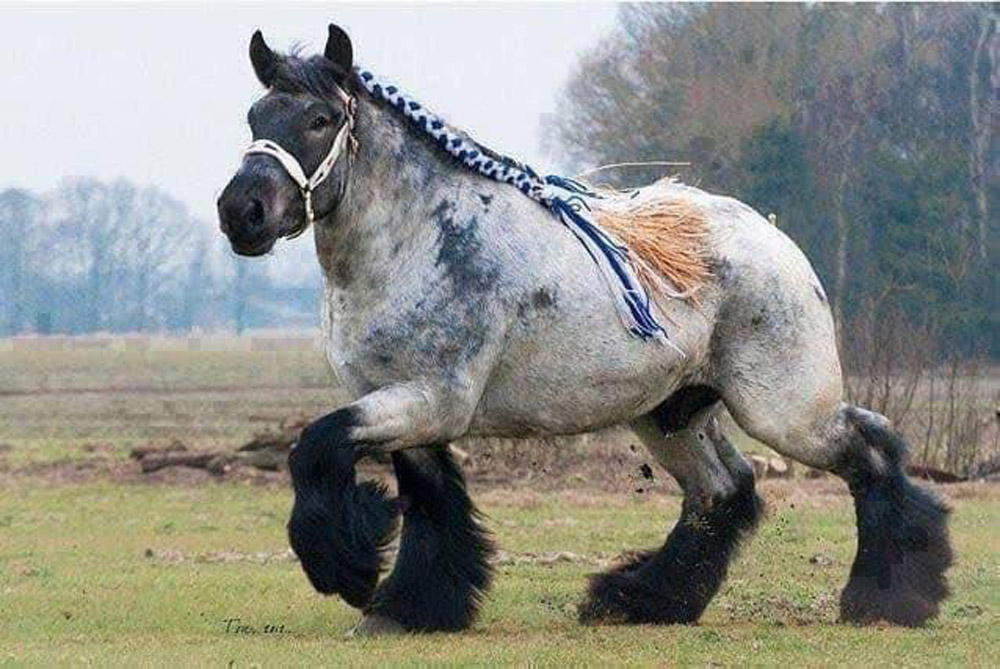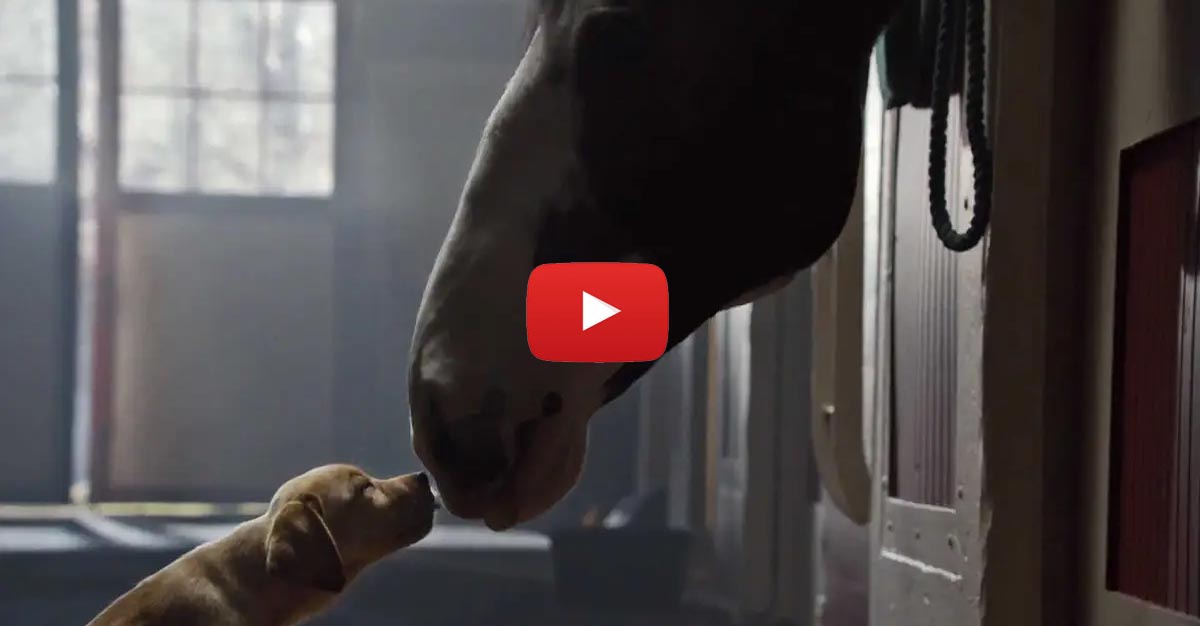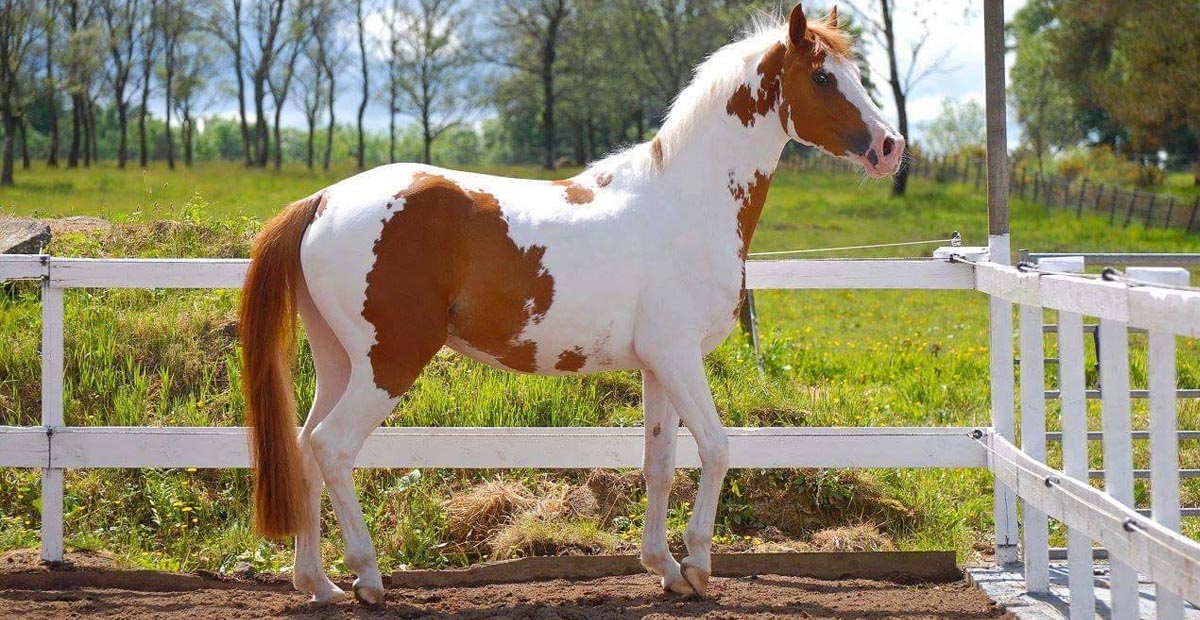Silvia Quintavalle
Silvia Quintavalle - Italy
Starting Young Ones
Well, might as well see if we can get some discussions going.
I just started my three year old PRE mare under saddle last month. I did find the articles on this site helpful and did reinforce things I`ve tried.
My young mare is rather light infront and acted nervous when saddling and being handled occasionally. I spent a few days working on stay and boy did it make a difference. Getting her to focus on my and stand still lead to a much easier time saddling and mounting (I did this before reading the article on stay but always like to know that I`m going in the right direction) I did have to be a little severe with her to get her to stop dancing and stand still - severe as in jiggling the lead rope and using a strong voice to gain her attention when she was spooking.
Here are some of my oh suggestions: feeding her a treat while cinching helped alleviate her unhappiness with the procedure. They don`t think about being nervous when they`re chewing and if I started a little and she stood still, that`s when I gave her the treat so she learned that still was good.
Another standard is to start riding on a lunge line. The rider can concentrate on helping the young horse balance while the lunge line person can keep her moving and help with transitions until the horse understands the riders cues. It is working for me very nicely. My mare was very settled at lunging so it was an easy transition to add a rider. We are slowly working towards the rider giving all the signals and the mare is starting to look to the rider more and the lunge operator less. I also feel very safe which I`m sure helps my mare feel secure.
Anyway, those are my titbits
Encime
Great advice! Feeding a treat is a good way to get the horse into their "chewing mode" - the opposite of flight or fight. It acts as a sort of biofeedback when teaching the horse something new. Getting lunged when starting a horse is also good advice. Remember to end the session on a good note and keep it short.
A horse that won`t stand still is one of my pet peeves. Remember to reset the horse where they should be, praise and treat when they stand still, a little smack on the chest and discouraging voice when they move around too much will help show you don`t want that behaviour.
Young Andalusians can be extra fidgety and nervous - not because they are scared or mean, but because I think they really want to do what is right, only they don`t know how. Plus they miss their buddies. If pasture raised, this is pretty common. Eventually you will become their source of calmness and their buddy. It just takes time. And correct training.
Donna
Have to laugh at those comments, Donna. Excellent though they may be, the one thing my young mare doesn`t do is move when I dismount or mount. She stands perfectly still. Don`t know why, just lucky I guess - ok, really, I`m sure she is happy it`s over (kind of lazy there) and I`ve done the treat thing when mounting too. Oh, with my gelding who was a fidget butt when mounting, the treat after getting on worked very well.
You`re right about not making the session too long and ending on a positive note. Lunging is hard on their young joints and you don`t want to push the mental control of a baby, which she still is. Once she demonstrates that she`s focusing more on me then the lunge line holder, I`ll take the line off. Btw, I don`t think I work her more than 10 minutes on the lunge. Lots of transitions and so far no canter - after she`s working without the lunge, I may go back to it for her early canters but with a very large circle.
On the missing her buddies issue, I waited till she was well over it before getting in the saddle. The last thing I wanted was a nervous horse.
Encime
Based on your comments, you`re an excellent Andalusian horse trainer! When will you have time for everyone else`s horses that need trained? I see them lined up outside your barn now ... Rolling Eyes just kidding, but really, its hard to find people who know what they`re doing with horses - you`re one of the lucky few.
Well, it`s taken me a while to get this far and I`ve had my failures with past attempts with other horses - I have the CAT scans to prove it. The biggest thing I`ve learned is to trust my instincts and watch what my horse is telling me. The times I`ve gotten hurt were the times I thought "oh, he`s not THAT nervous". I bet I could write a book on the best ways to get killed training a young horse.
all and all, do you feel better and safer when training Andalusians over other types of horses? Or do you think its all one big danger area? Personally, I have had the fewest accidents with Andalusian horses. The exceptions being working with ones that were pasture raised the "natural" way. These were the worst because their fear of people was so strong. What I normally tell people is that Andalusians are "easy" to train, but they are still young horses and have to go through that I`m-a-young- horse-and-I-will-kill-myself phase. I also point out that "trainers love them" because they are so much easier. As far as the professionals go, they love to train Andalusians. I think if you are a beginner horse person it is still going to be alot of hard work. Andalusians are so smart you have to be careful not to spoil them if you are a newbie.
I do feel safer training my andalusian as opposed to my Spotted Saddle gelding, who developed a panic response as a three year old (there was no one event, just one day, he would panic and there was no talking to him. He has gotten much better after three years and lots of work but he`s still nervous). I`ve also started a Morgan mare who wasn`t horrible but did take a while to control her panick response.
With my Andalusian mare, her panick response is NOT a flight response. If something scares her, she may bounce to a new position, usually looking at something, but she doesn`t attempt to run. That is the big different and the biggest safety issue. She is only a few weeks under saddle and yesterday we had a huge snow slide off my indoor arena`s roof - it`s a coveral so you can see the snow come down as well as hear it. I heard the initial noise telling me it was about to go, so I started talking to her and let her know I was there to steady her and she just stood and watched. She was pointed towards the action which is part of why she didn`t move. If it were behind her, I would have turned her to face it. That is a huge deal. That kind of noise and visual stimulus can make horses freak out. She was energetic going into the trot afterwards but calmed quickly. That is another benefit, if she spooks, she recovers.
As for professionals, you are right, they love them. My trainer is drooling over my andalusian. She`s never worked with one before - she`s a dressage trainer and works mostly with warmbloods and arab crosses. She loves this mare`s movement and her attitude.
I am currently in the odd position of training one Andi mare while having another one being professionally trained. When that one arrives in July after being bred, I`ll be able to report who`s the better trainer Laughing

Starting Young Ones
Well, might as well see if we can get some discussions going.
I just started my three year old PRE mare under saddle last month. I did find the articles on this site helpful and did reinforce things I`ve tried.
My young mare is rather light infront and acted nervous when saddling and being handled occasionally. I spent a few days working on stay and boy did it make a difference. Getting her to focus on my and stand still lead to a much easier time saddling and mounting (I did this before reading the article on stay but always like to know that I`m going in the right direction) I did have to be a little severe with her to get her to stop dancing and stand still - severe as in jiggling the lead rope and using a strong voice to gain her attention when she was spooking.
Here are some of my oh suggestions: feeding her a treat while cinching helped alleviate her unhappiness with the procedure. They don`t think about being nervous when they`re chewing and if I started a little and she stood still, that`s when I gave her the treat so she learned that still was good.
Another standard is to start riding on a lunge line. The rider can concentrate on helping the young horse balance while the lunge line person can keep her moving and help with transitions until the horse understands the riders cues. It is working for me very nicely. My mare was very settled at lunging so it was an easy transition to add a rider. We are slowly working towards the rider giving all the signals and the mare is starting to look to the rider more and the lunge operator less. I also feel very safe which I`m sure helps my mare feel secure.
Anyway, those are my titbits
Encime
Great advice! Feeding a treat is a good way to get the horse into their "chewing mode" - the opposite of flight or fight. It acts as a sort of biofeedback when teaching the horse something new. Getting lunged when starting a horse is also good advice. Remember to end the session on a good note and keep it short.
A horse that won`t stand still is one of my pet peeves. Remember to reset the horse where they should be, praise and treat when they stand still, a little smack on the chest and discouraging voice when they move around too much will help show you don`t want that behaviour.
Young Andalusians can be extra fidgety and nervous - not because they are scared or mean, but because I think they really want to do what is right, only they don`t know how. Plus they miss their buddies. If pasture raised, this is pretty common. Eventually you will become their source of calmness and their buddy. It just takes time. And correct training.
Donna
Have to laugh at those comments, Donna. Excellent though they may be, the one thing my young mare doesn`t do is move when I dismount or mount. She stands perfectly still. Don`t know why, just lucky I guess - ok, really, I`m sure she is happy it`s over (kind of lazy there) and I`ve done the treat thing when mounting too. Oh, with my gelding who was a fidget butt when mounting, the treat after getting on worked very well.
You`re right about not making the session too long and ending on a positive note. Lunging is hard on their young joints and you don`t want to push the mental control of a baby, which she still is. Once she demonstrates that she`s focusing more on me then the lunge line holder, I`ll take the line off. Btw, I don`t think I work her more than 10 minutes on the lunge. Lots of transitions and so far no canter - after she`s working without the lunge, I may go back to it for her early canters but with a very large circle.
On the missing her buddies issue, I waited till she was well over it before getting in the saddle. The last thing I wanted was a nervous horse.
Encime
Based on your comments, you`re an excellent Andalusian horse trainer! When will you have time for everyone else`s horses that need trained? I see them lined up outside your barn now ... Rolling Eyes just kidding, but really, its hard to find people who know what they`re doing with horses - you`re one of the lucky few.
Well, it`s taken me a while to get this far and I`ve had my failures with past attempts with other horses - I have the CAT scans to prove it. The biggest thing I`ve learned is to trust my instincts and watch what my horse is telling me. The times I`ve gotten hurt were the times I thought "oh, he`s not THAT nervous". I bet I could write a book on the best ways to get killed training a young horse.
all and all, do you feel better and safer when training Andalusians over other types of horses? Or do you think its all one big danger area? Personally, I have had the fewest accidents with Andalusian horses. The exceptions being working with ones that were pasture raised the "natural" way. These were the worst because their fear of people was so strong. What I normally tell people is that Andalusians are "easy" to train, but they are still young horses and have to go through that I`m-a-young- horse-and-I-will-kill-myself phase. I also point out that "trainers love them" because they are so much easier. As far as the professionals go, they love to train Andalusians. I think if you are a beginner horse person it is still going to be alot of hard work. Andalusians are so smart you have to be careful not to spoil them if you are a newbie.
I do feel safer training my andalusian as opposed to my Spotted Saddle gelding, who developed a panic response as a three year old (there was no one event, just one day, he would panic and there was no talking to him. He has gotten much better after three years and lots of work but he`s still nervous). I`ve also started a Morgan mare who wasn`t horrible but did take a while to control her panick response.
With my Andalusian mare, her panick response is NOT a flight response. If something scares her, she may bounce to a new position, usually looking at something, but she doesn`t attempt to run. That is the big different and the biggest safety issue. She is only a few weeks under saddle and yesterday we had a huge snow slide off my indoor arena`s roof - it`s a coveral so you can see the snow come down as well as hear it. I heard the initial noise telling me it was about to go, so I started talking to her and let her know I was there to steady her and she just stood and watched. She was pointed towards the action which is part of why she didn`t move. If it were behind her, I would have turned her to face it. That is a huge deal. That kind of noise and visual stimulus can make horses freak out. She was energetic going into the trot afterwards but calmed quickly. That is another benefit, if she spooks, she recovers.
As for professionals, you are right, they love them. My trainer is drooling over my andalusian. She`s never worked with one before - she`s a dressage trainer and works mostly with warmbloods and arab crosses. She loves this mare`s movement and her attitude.
I am currently in the odd position of training one Andi mare while having another one being professionally trained. When that one arrives in July after being bred, I`ll be able to report who`s the better trainer Laughing



